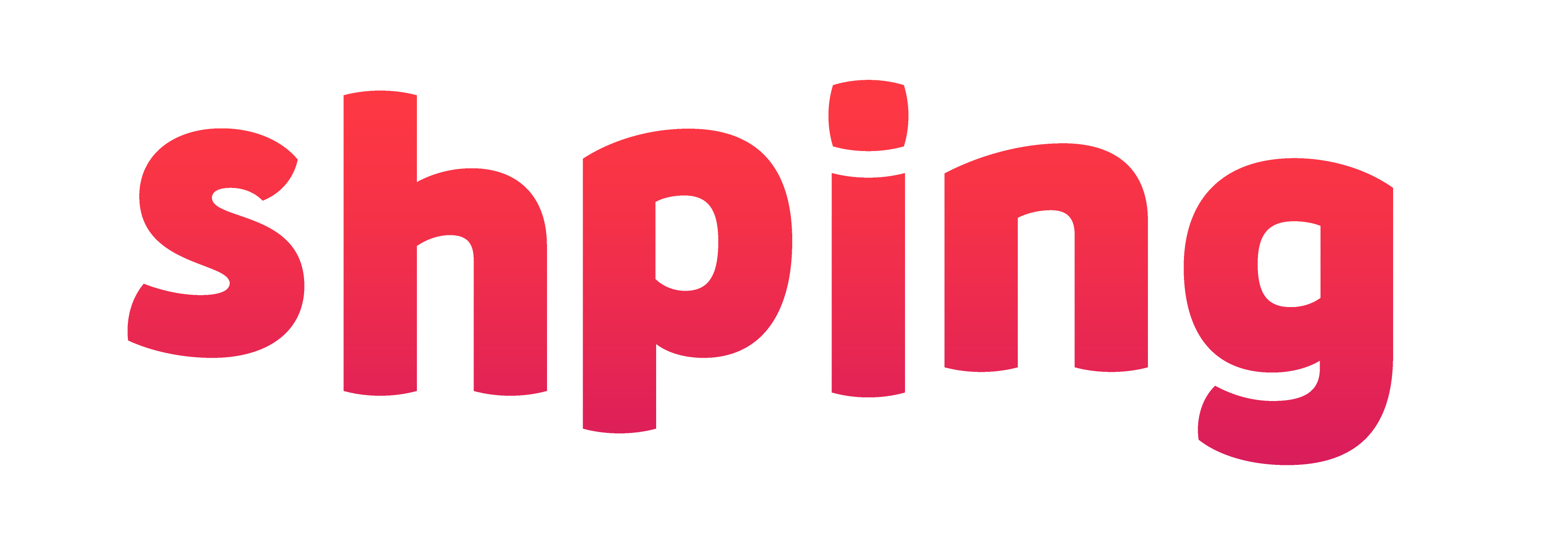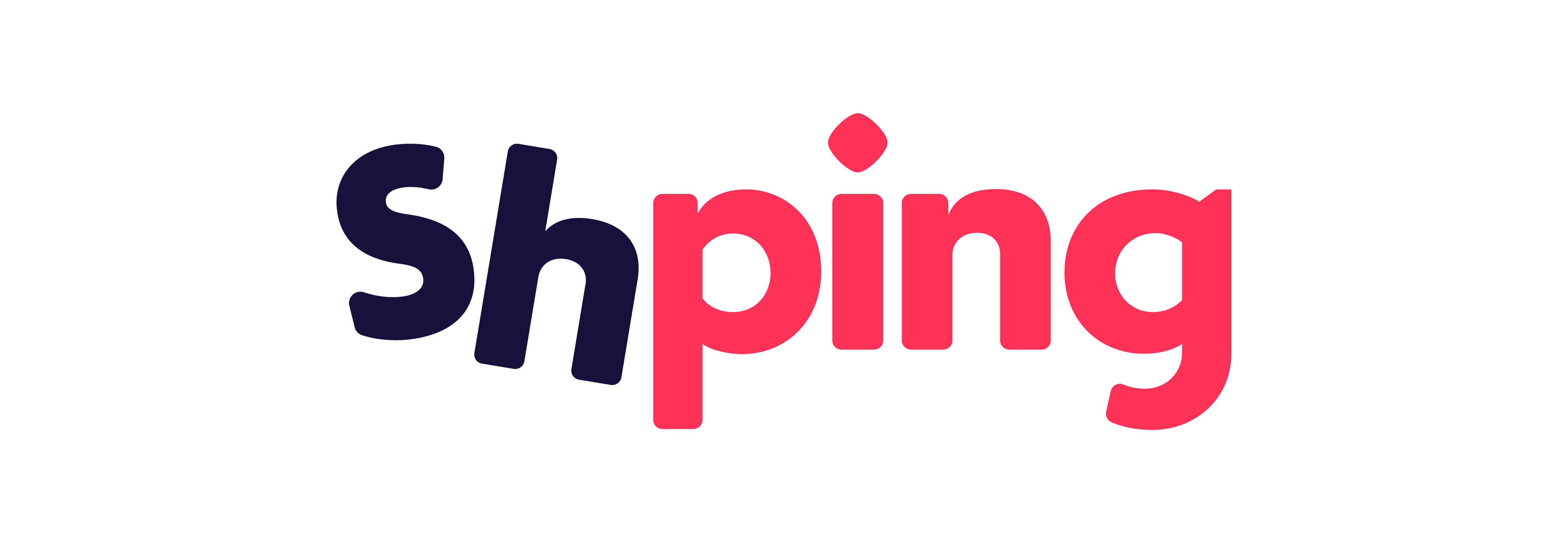Why incentivised advertising is the best approach for driving product awareness
Advertisers are always looking for effective ways to engage consumers, communicate their messages, and drive conversions. Mobile apps are the latest frontier, as they allow marketers the opportunity to stay in-touch with shoppers throughout the day—whether they’re at-home, running errands, on break at work, or researching a new product while waiting in line.
While bombarding prospects with several mobile ads is likely to irritate them, research has shown consumers are increasingly receptive to the idea of incentivised advertising. In fact, up to 80% of shoppers have said they would watch a mobile ad in exchange for rewards from their favourite brand. Rewarded video ad spending grew by 139% (triple that of other video ad formats) from 2017 to 2018, and was estimated to reach $7 billion by the end of 2019—clearly it’s a comfortable format for marketers, and a lucrative one.
What Is Incentivised Advertising?
Incentivised advertising rewards a person for opting in to view a video or advertisement. These ads can be utilised in a game format, on social media, or through a mobile shopping app. The best results stem from reward-based ads in entertainment, game, or shopping apps, where people tend to spend a lot of time, and when the rewards are perceived as generous.
With Shping, an innovative shopper rewards app, users receive “Shping Coins” (rewards) for taking several incentivised actions. Users can earn coins at-home or in-store for interacting with branded in-app content, connecting with the brand or for watching a branded video to completion. Users can also earn coins by scanning a specific product on a shelf, making a purchase, uploading a receipt and writing a product review. These coins are converted to the app users bank account instantly for them to spend on future purchases.
This type of rewards-based mobile advertising is permission-based, highly personalised/localised and interactive, which is why many people prefer it over more static format ads or push marketing.
Why Incentivised Advertising Is Best for Product Awareness
There are countless ways to familiarize consumers with a new product. You could utilise influencers to post on social media; advertise with Google; or hold special events, product demos, or giveaways. Though, increasingly, marketers are driving product awareness with rewarded ads for a number of reasons.
You reach a new audience who may be unfamiliar with your brand.
Some brands and retailers may have their own proprietary apps, yet, one of the benefits of partnering with a third-party mobile app like Shping is that you receive access to a new audience of prospective customers eager to engage with your brand, as Shping generally has a low audience-overlap with proprietary retail apps.
You reach a receptive audience that has opted in.
When people opt-in and know they are being rewarded for their attention, they are more receptive to the message. Millward Brown analysis shows that mobile ads outpace online ads in terms of brand awareness (+2.7%), ad awareness (+11.3%), message association (+8.1%), brand favourability (+1.9%), and purchase intent (+2.8%). Analysts speculated that the larger canvas available with mobile advertising yielded these gains over online banner ads.
You are more likely to create favourable product impressions.
The mobile app platform is a dynamic medium, unlike television or a static website. When people are “gaming” on their phones, they are engaged, focused, and experiencing feelings of fulfilment and achievement. In other words, viewers will be more receptive, engaged, and ready to take action.
You can monetize certain actions to reach your awareness goals.
When Carmex wanted to build awareness, increase in-store engagement, and motivate sales of its new watermelon flavour product, the company relied on incentivised advertising. Customers were rewarded for engaging with in-app native video and lookbook content within Shping. The goal of the video was to grow awareness of the new watermelon flavour product, explain its unique benefits, and encourage consumers to seek out the product in-store. After consumers were made aware of the product and could see it in action through the video, they were rewarded for walking into a participating store and engaging with the product.
As a result, Carmex sold out of the new product in Australia. By using Shpings innovative video platform, Carmex was able to reach consumers who were in the context of shopping: such as product discovery and trip planning, and then connect that engagement to behaviours down the funnel such as product engagements, and purchase conversion.
You achieve product awareness with positive ROI.
Nearly a third of marketers say that key performance indicators like view-ability rates and return on investment were the top reasons they preferred rewarded ads. One study found that rewarded ad viewers were four times more likely to make an in-app purchase. Some conversion rates were up to nine times higher after engaging with a reward ad. App users spent four times more money on their purchases after engaging with the incentivised ad and their number of shopping sessions increased by more than a third.
Offer Better Rewards for Ad Engagement with Shping
Marketing is no longer a one-sided conversation. Customers have shown they prefer interacting with brands to receive information about new products, as well as helpful promotions. They understand that the more engaged and active they are, the more personalised their service can be. Mobile phones are the natural platform for incentivised advertising, as they go virtually everywhere with consumers and allow for immediate gratification. With Shping, brands and retailers can provide the incentivised advertising consumers desire to get the results they want.


